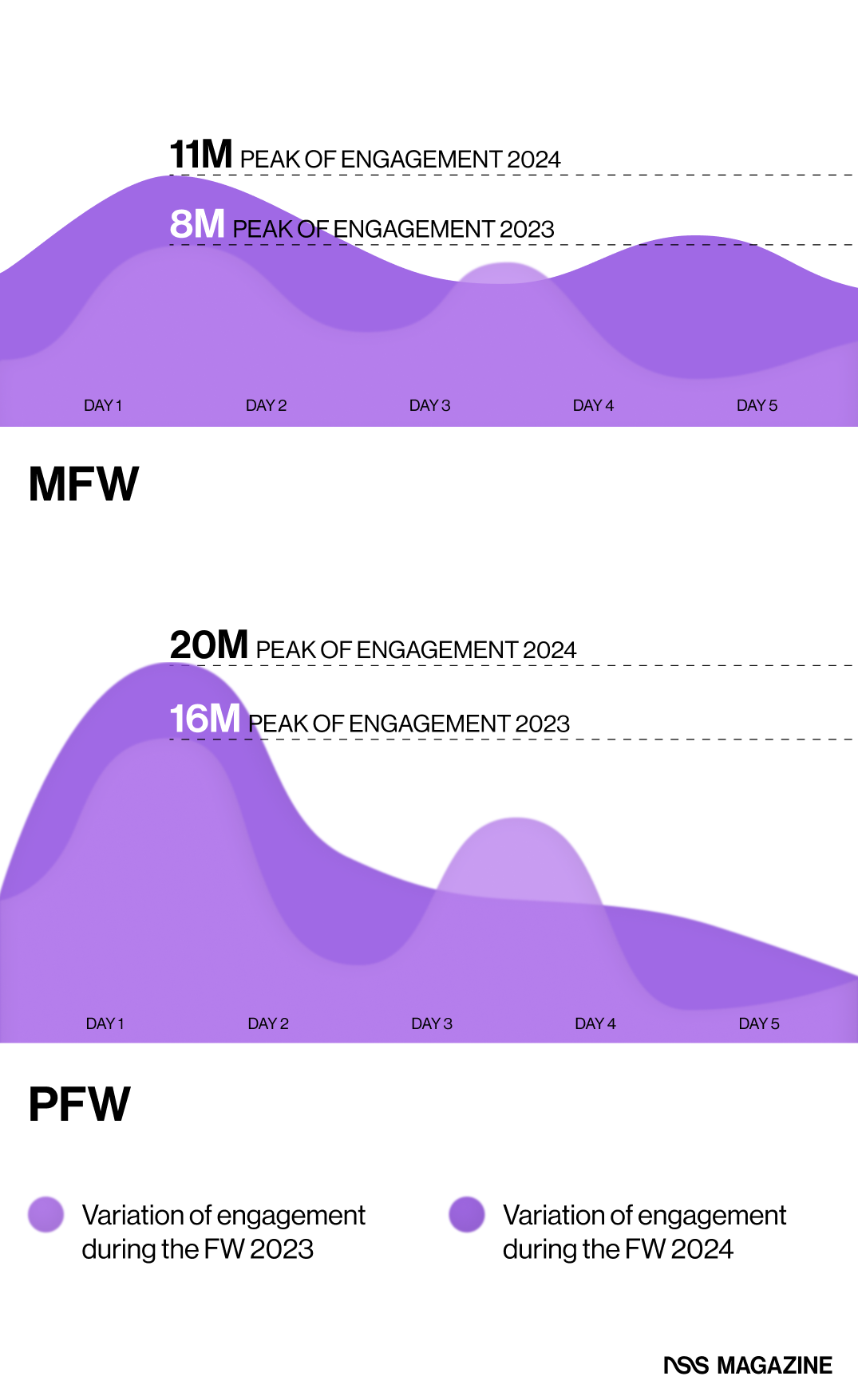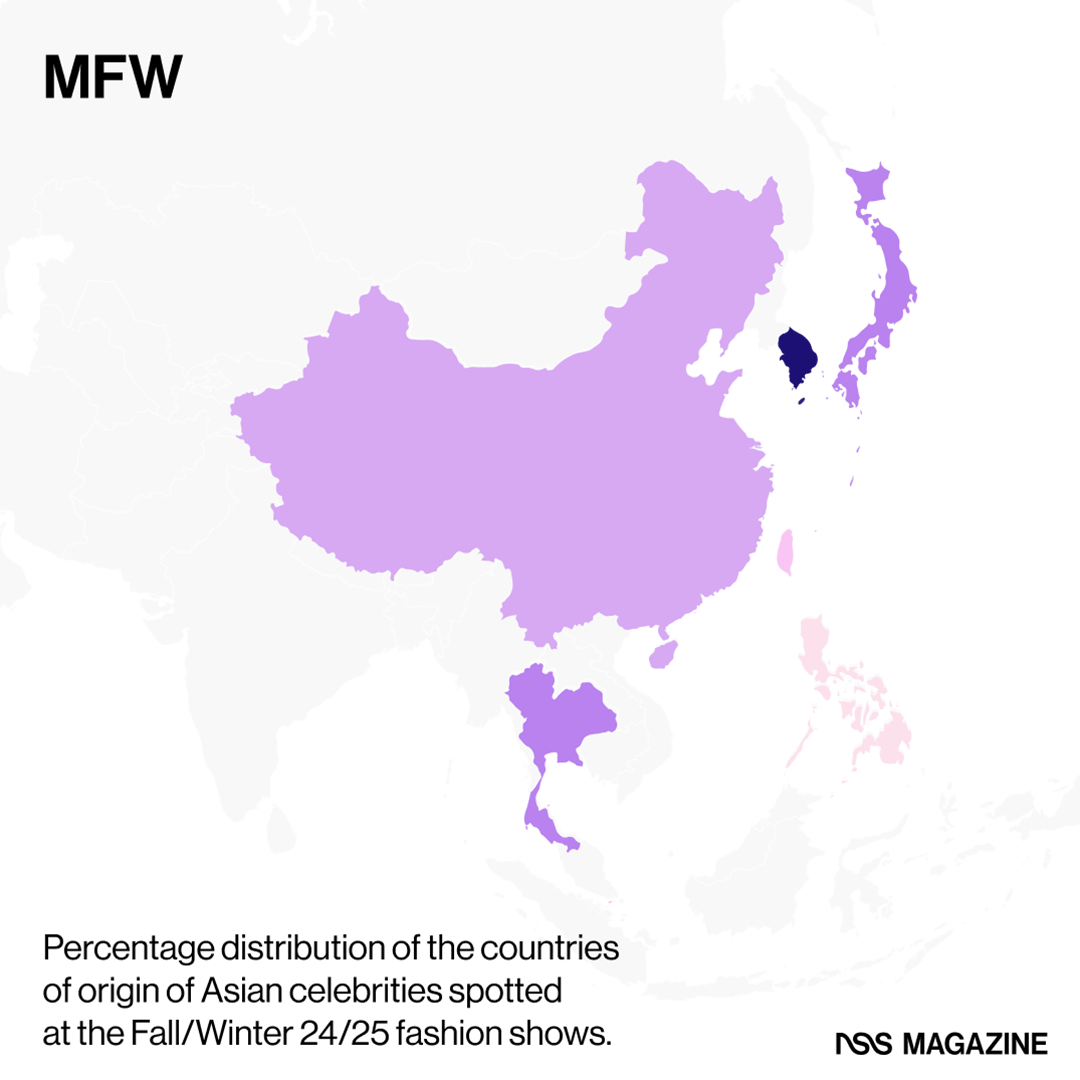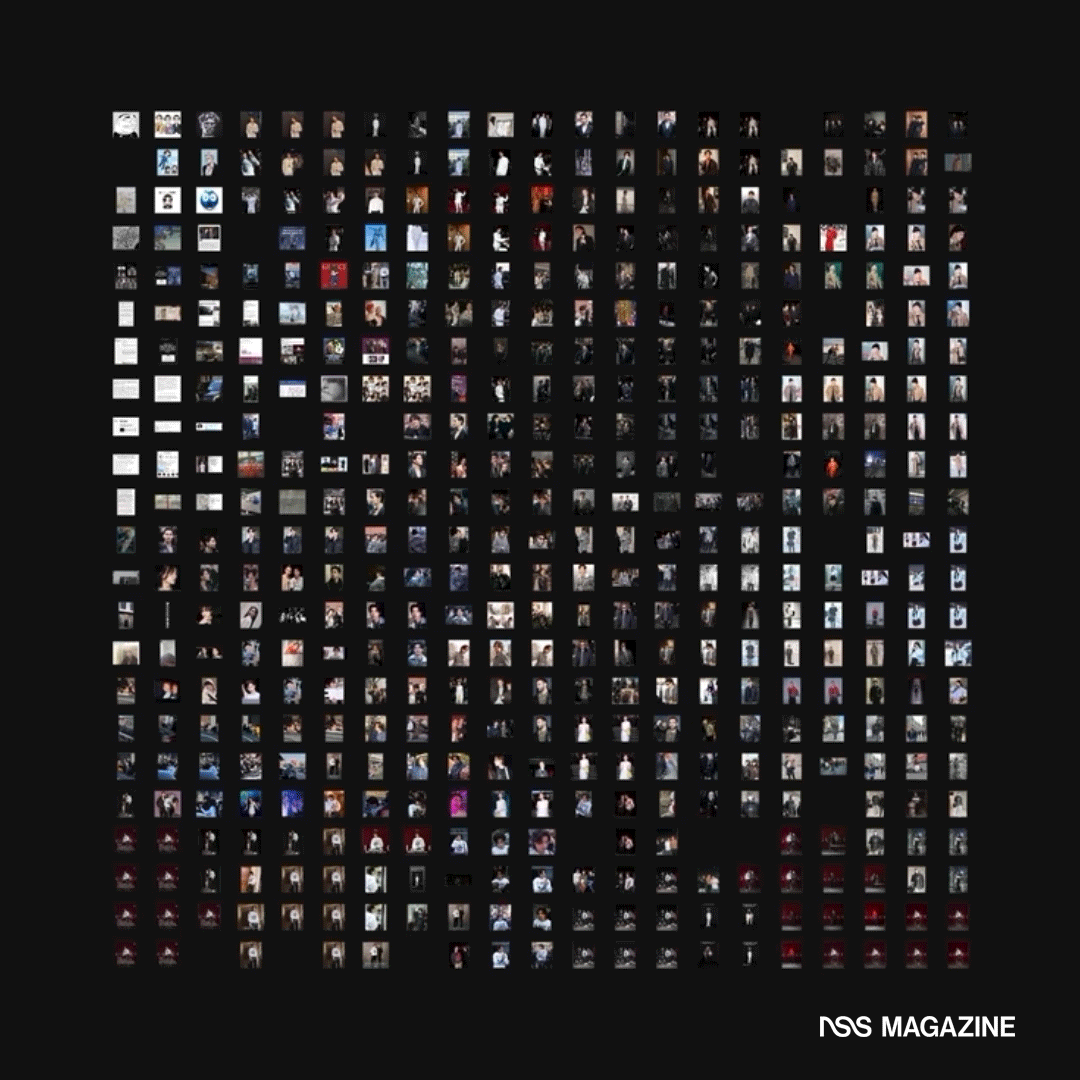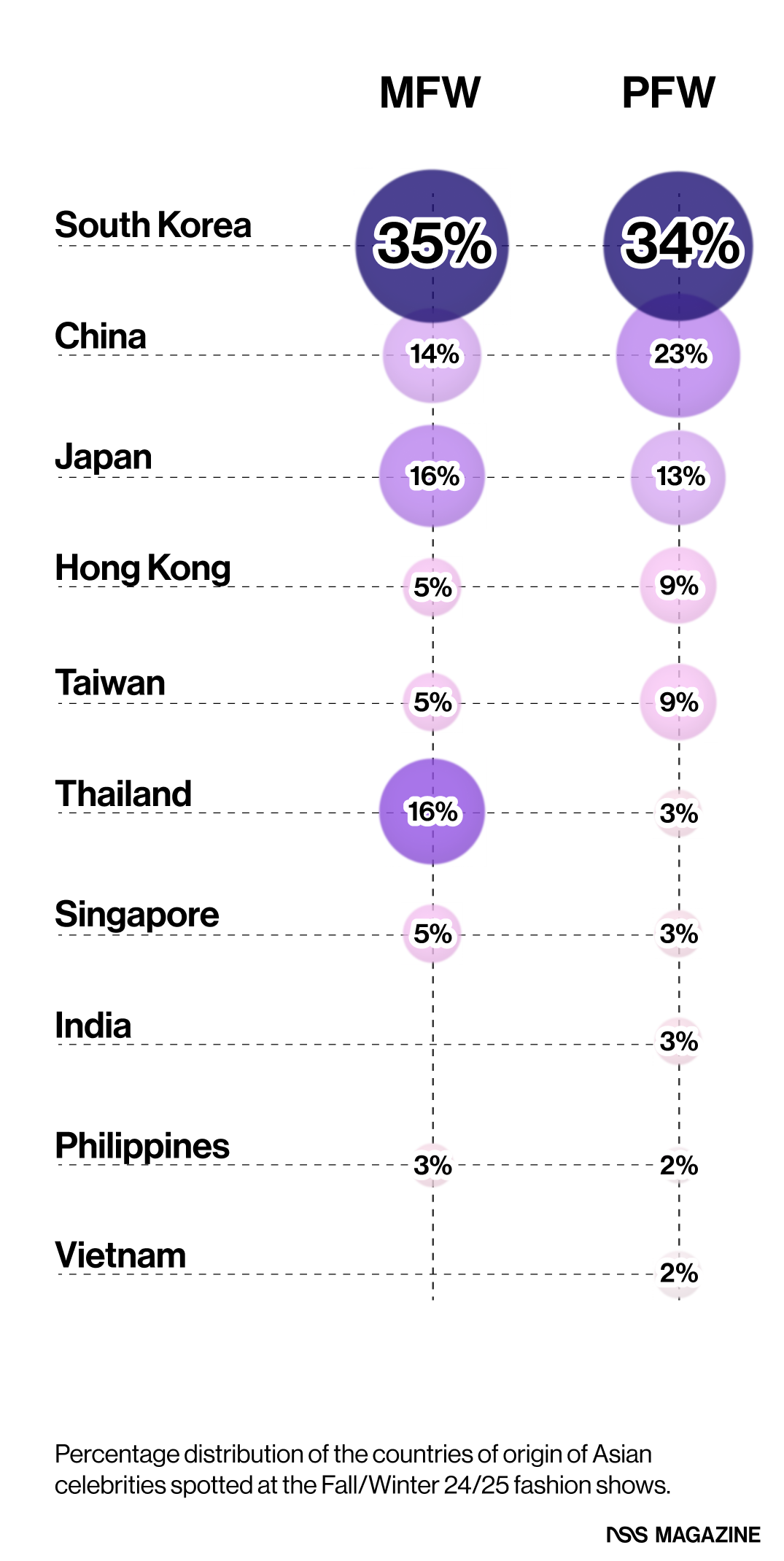
Why fashion brands need K-pop stars How global economy influences pop culture
Their names invade our screens as soon as we search for a brand on X, the images depicting them greeting paparazzi and fans outside the runway venue are in high definition, so much so they blur out everything around them. It's not easy to pinpoint the exact moment when K-pop stars became the gravitational center of Fashion Week, but what is certain is that their participation in the event is now more prominent than ever. At the Dior SS24 show, the presence of ambassador Jisoo generated $8.1 million in MIV, a total greater than at least 86% of the other brands that participated in PFW. Her Instagram account, with over 77 million followers, doesn't document every moment of her day leading up to the show, but for that there's fans. Blogs entirely devoted to the stars update every move in real-time, from being spotted at Charles De Gaulle airport to sitting front row at the runway. Posts, reposts, and hashtags contribute to fueling engagement around the artists, transforming images of them in fully branded looks into giant media bubbles overshadowing the shows themselves. This ever growing attention towards K-pop stars has led the world's largest fashion houses to invest in their image, creating a media whirlwind on the rise. But who are the specific faces of K-pop music, and how are they able to influence fashion brand sales and perception? The cultural shift towards a more sensitive and "babygirl" aesthetic is certainly impacting the stars' careers, but there's more to it. We tried to investigate the phenomenon, evaluating the numerical impact of the audience at Milan and Paris Fashion Week. Analysing social media posts related to the event, we derived estimates of the most mentioned recurring faces and the wave of interactions they generated.
The first milestone of the success of K-pop stars at Fashion Week was set in 2018. In those years, the increasing presence of influencers at fashion shows made it necessary to calculate their media impact on social media, so Launchmetrics introduced the term MIV, or Media Impact Value. If it once was challenging to determine the number of people interested in a brand after a content creator's post, it then became possible to intercept the number of users who interacted with their photo and to identify which influencers were more effective. The creation of MIV coincided with the global rise of K-pop, when the genre managed to break through outside Asian countries, earning the title of sixth-largest music market in the world. In 2018, BTS claimed the title of most tweeted celebrities globally; three years later, the band members made their first appearance at Fashion Week, at Louis Vuitton Men's FW21.
Today, images depicting K-pop stars are the most traction-gaining content on social media during Fashion Week, as posts from the singers' profiles during the event are the most fruitful. As our analysis reveals, with forty appearances in Paris and thirty-six in Milan, K-pop stars outshone competition at the Fashion Weeks of this January. In Milan, they comprised over 20% of the guests at Prada, Dolce&Gabbana, Fendi, and Gucci, with the exceptional participation of stars like DPR Ian, Hyunjae, IU, Jay Park, Younghoon, and Ro Woon. In Paris, Dior, AMI Paris, Kenzo, and Louis Vuitton bet on the Fashion Week debut of TXT and New Jeans, as well as the grand return of Blackpink's Lisa, Jennie, Jisoo, and Rosé. Compared to the previous year, this time the presence of K-pop stars has increased by 108% in Paris and 336% in Milan, contributing to a significant growth in social interactions regarding the events, with +93% at MFW and +25% at PFW.
Fashion doesn't invest in Korean stars only during Fashion Week but throughout the entire calendar. Print magazines have learned to capitalise on the commercial appeal of K-pop idols to boost distribution in Europe and America, including Vogue, GQ, Harper’s Bazaar, W Magazine, Elle, and Dazed, while brands continue to gain visibility through blogs recording star sightings and outfits. Apart from having an unparalleled fanbase, willing to face any custom charges to get their hands on a cover photo of their favorite idol, what is motivating the fashion industry to focus on K-pop stars is South Korea itself. Faced with the crisis in the European and American markets, exacerbated by inflation and the challenges of the supply chain in times of geopolitical conflicts, and a protectionist Chinese market, South Korea represents a new commercial hub for the West (also for the parallel and borderline legal retail channels). Ultimately, if K-pop stars were already famous in Korea since the '90s, what allowed them to break through abroad was both the economic expansion of the country, still growing at 2.1%, and the slowdown of Europe and America.
Anyone participating in Fashion Week is aware of the impact of K-pop stars at the shows. Fans flock outside the venues in crowds, hoping to see their idol, wishing for a greeting and a chance to take a selfie. Like One Direction and The Beatles for past generations, Korean bands have completely captivated Gen Z and Gen Alpha, with the difference that the former were only two bands with five members each, while the latter represents a market in itself - growing at 31.7% year over year - containing dozens of successful groups. Just as in the '90s, we witnessed the era of top models, in the 2000s, Hollywood actors took the stage, and in the 2010s, influencers entered forcefully the industry, the increased interest from fashion giants in K-pop idols is nothing but the natural result of the progress of celebrity marketing. What has developed is now a codependent relationship: fashion houses leverage the virality of K-pop music and bands to enhance the media impact of their shows, while the stars take advantage of the event to establish a deeper connection with their fans. Like everything else, their grip on the world will soon wane, but as long as the currency of Fashion Week continues to be MIV, K-pop stars are getting their invite.















































